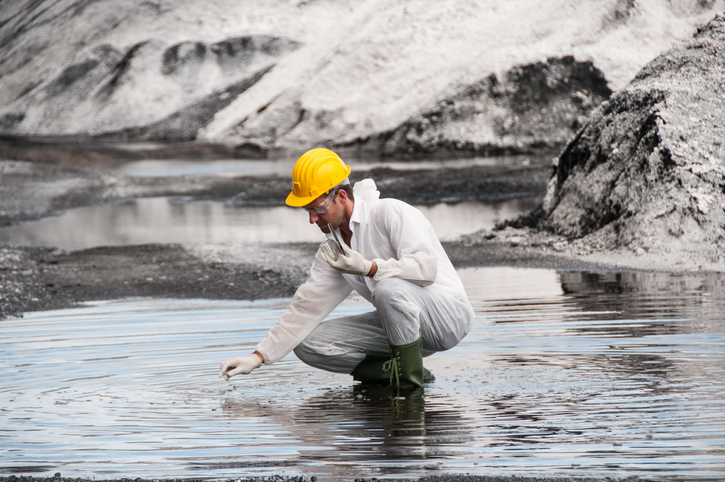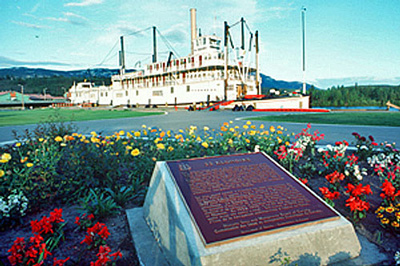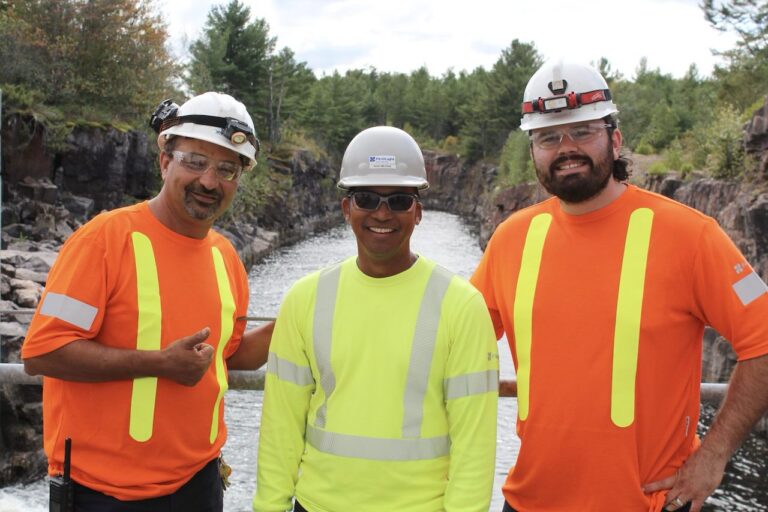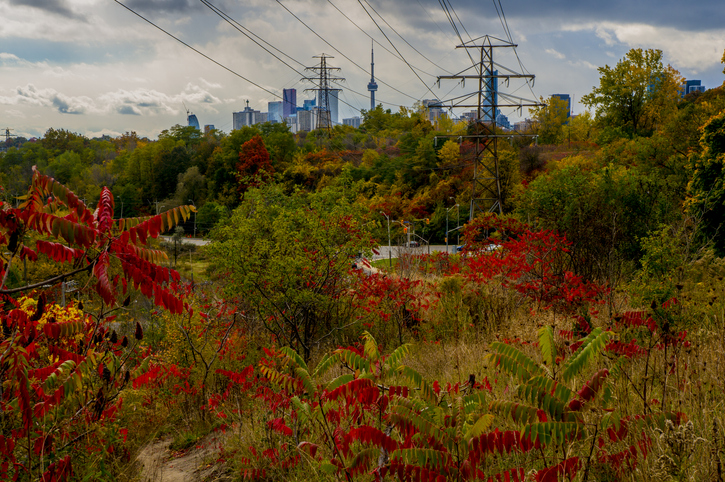Thursday, September 18, 2025
As climate change puts ecosystems at risk, nanomaterials are emerging as a powerful tool for cleaning up after major oil spills, according to researchers at Concordia University.
Cleaning up after a major oil spill is a long, expensive process, and the damage to a coastal region’s ecosystem can be significant. This is especially true for the world’s Arctic region, where newly opened sea lanes will expose remote shorelines to increased risks due to an anticipated rise in sea traffic.
Current mitigation techniques even in heavily populated regions face serious limitations, including low oil absorption capacity, potential toxicity to marine life and a slow remediation process.
However, advances in nanotechnology may provide solutions that are more effective, safer and work much faster than current methods. That’s according to a new paper in Environmental Science: Nano by a Concordia-led team of researchers.
“Using nanomaterials as a response method has emerged as a promising sustainable approach,” says lead author Huifang Bi, a PhD candidate in the Department of Building, Civil and Environmental Engineering at the Gina Cody School of Engineering and Computer Science.
“This paper synthesizes, reviews and analyzes between 40 and 50 studies on the subject to give us a big-picture look of the status of nanotechnologies in coastal oil spill response. At the same time, we are also presenting our own suggestions and identifying research gaps between using nanomaterials in the lab and how they can be used in real-world applications.”
She adds that nanomaterials are being widely studied to combat marine oil spills, but she is focusing specifically on coastline remediation. She estimates that more than 90 per cent of the papers she reviewed were exclusively lab-based and not yet available for field use.
According to Bi’s thesis supervisor Chunjiang An, an associate professor in the same department, the emergence of nanomaterials as oil spill remediation tools is coming at a critical time.
“We are facing many new challenges, with threats of oil spills now affecting both traditional and new regions, including the Arctic,” he says. “We need to work with governments and the private sector to ensure that they are aware of these technologies and can further include them in their future remediation guidelines.”
Co-authors include Concordia professors Catherine Mulligan and Zhi Chen, and Kenneth Lee of Fisheries and Oceans Canada and Baiyu Zhang of Memorial University.
This research was supported by the Multi-partner Research Initiative of Natural Resources Canada, Fonds de recherche du Québec – Nature et technologies (FRQNT) and the Natural Sciences and Engineering Research Council of Canada (NSERC).
Read the cited paper: “Nanotechnology for oil spill response and cleanup in coastal regions.”
Featured image credit: Getty Images











